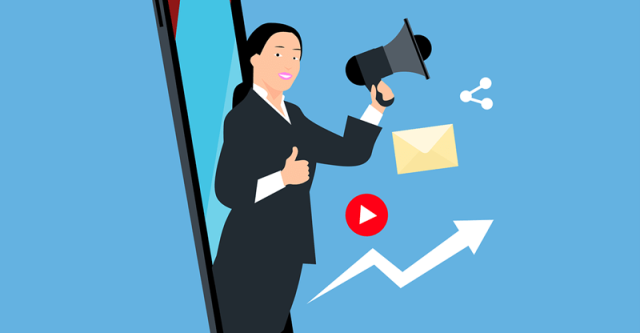In today’s world, there are countless options for every product, making personalized promotions more important than ever. Let’s explore how technology has made promotional activities more tailored to individual customers.
Onsite Promotions
Thanks to advancements in data collection and automated software, brands can now create highly personalized promotions. When users sign up or make purchases on a website, their behavior is recorded (with consent) to better understand their preferences. This allows brands to offer promotions that feel personal, making customers feel valued and increasing the chances of conversion.
Examples of Personalized Onsite Promotions
- Online Casinos: Platforms like Betfair offer promotions such as free spins for new customers, daily jackpots, and weekly giveaways for existing users.
- Free Trials: Some brands offer free trials or discounted subscriptions to attract new customers. Data from user profiles helps filter new customers from existing ones, enabling more tailored offers.
- Product Recommendations: Brands analyze buying patterns to suggest products customers might like. For example, if two products are often bought together, the platform will recommend them to similar users.
Personalization is crucial today. In fact, 91% of consumers are more likely to buy from brands that offer relevant recommendations. If brands fail to do this, 47% of customers will turn to Amazon instead.
Offsite Promotions
Personalization isn’t limited to a brand’s website. It also plays a big role in PPC ads, Google Ads, and paid social media campaigns. Marketers can target specific demographics or users who have shown interest in similar products. This ensures ads reach the right audience.
Key Offsite Promotion Techniques
- Targeted Ads: Ads are tailored to users based on their search behavior and interests. For example, if someone searches for “running shoes,” they might see ads for sports brands.
- Influencer Marketing: Word-of-mouth marketing has evolved with technology. Influencers now promote products to audiences who have already shown interest in similar items. This has turned influencer marketing into a $16.4 billion global industry.
Conclusion
Technology has revolutionized how brands personalize promotions, both on their websites and through external channels. By leveraging data and advanced tools, businesses can create experiences that resonate with individual customers, driving engagement and loyalty.






























